Employee Appreciation Day 2026: Strategies to Boost Morale and Retention
Employee Appreciation Day 2026 is your chance to show your team they matter beyond their daily tasks. Too often, hard work goes unnoticed, and morale slips without clear recognition. This guide shares proven employee recognition activities that boost employee morale, strengthen workplace culture, and support employee retention strategies. Get ready to make this day count for your entire organization.
Wooden Awards being made at Custom Wood Designs.ie
Understanding Employee Appreciation Day
The Significance of Recognition
Employee Appreciation Day falls on the first Friday of March each year. This special day gives organizations a dedicated opportunity to celebrate the hard work and commitment their teams show throughout the year. When employees feel genuinely valued, they develop stronger connections to their workplace, leading to increased productivity and loyalty.
Recognition isn't just a nice gesture - it's a business strategy that directly impacts your bottom line. Companies with strong recognition programs report 31% lower voluntary turnover rates. Your appreciation efforts signal to staff that their contributions matter, creating a positive cycle where recognized employees become more engaged and productive.
Global Recognition Practices
While Employee Appreciation Day originated in North America, the concept of employee recognition resonates worldwide. Organizations across borders can use this occasion to align their appreciation strategies with global standards while respecting cultural differences.
What works in Dublin might differ from what resonates in Dubai. Tailoring your appreciation activities to fit local customs makes your recognition efforts more meaningful and impactful. The universal truth remains: everyone appreciates sincere acknowledgment of their work, regardless of location.
Historical Context
Employee Appreciation Day has evolved from a simple acknowledgment of hard work into a comprehensive celebration. Modern workplaces have moved beyond basic recognition to create personalized, meaningful experiences that reflect company values and employee preferences.
As workplace dynamics continue to change, especially with remote and hybrid arrangements becoming standard, appreciation strategies must adapt accordingly. Understanding this evolution helps organizations create recognition programs that remain relevant and impactful in today's diverse work environments.
Planning Your 2026 Celebration
Mark Your Calendar
In 2026, Employee Appreciation Day falls on March 1st. Start your planning early to ensure a thoughtful, organized approach that will make a lasting impression on your team. Early preparation allows you to:
-
Secure venues or vendors before they're booked
-
Gather input from employees about their preferences
-
Create a comprehensive budget that covers all planned activities
-
Ensure all departments and remote workers are included
-
Develop a communication plan to build anticipation
Smart planning means your appreciation efforts will feel intentional rather than rushed, showing employees that their recognition is a priority worth careful consideration.
Effective Recognition Activities
The most successful Employee Appreciation Day celebrations combine different types of recognition to create a meaningful experience. Consider these proven activities:
-
Shared Meals: Host a catered lunch or dinner where team members can relax and connect. Food brings people together, creating natural opportunities for conversation across departments and hierarchy levels.
-
Recognition Ceremonies: Create awards that highlight specific achievements and contributions. Public recognition amplifies the impact and inspires others to strive for excellence.
-
Personal Notes: Take time to write individualized messages acknowledging each person's specific contributions. These notes often become treasured keepsakes that employees save for years.
-
Team Building: Plan activities that foster collaboration while providing a break from routine. Options like escape rooms, scavenger hunts, or outdoor challenges strengthen bonds between colleagues.
-
Thoughtful Gifts: Provide quality items that show consideration for employee preferences. Gift cards, company-branded merchandise of genuine quality, or gourmet treats make employees feel valued.
Games , add logo Custom Wood Designs.ie
Leadership Involvement
When leaders actively participate in Employee Appreciation Day, it amplifies the impact significantly. Senior management's visible involvement sends a powerful message that appreciation is a core company value.
Engage executives in planning and encourage them to personally thank team members. When appreciation flows from the top down, it creates a ripple effect throughout the organization. Leadership participation also ensures celebrations align with company values, making recognition more meaningful and authentic.
Extending Your Appreciation Efforts
Beyond a Single Day
While a dedicated day provides focus, consider extending your celebration throughout the week with themed activities:
-
Monday Motivation: Kick off with inspiring talks or workshops that energize the team.
-
Wellness Wednesday: Offer yoga classes, meditation sessions, or health screenings to support employee wellbeing.
-
Fun Friday: End the week with casual dress, games, or social activities that create positive memories.
A week-long approach allows for more varied activities and ensures everyone can participate in something meaningful, regardless of schedules or preferences.
Raja Meditation Stool Esposit Made in Italy Custom Wood Designs.ie
Inclusive Recognition
Different roles require tailored appreciation approaches to feel authentic. Consider these specialized recognition strategies:
-
Field Workers: Provide weather-appropriate branded gear along with a special meal delivered to their location.
-
Support Staff: Host a dedicated breakfast recognizing their essential behind-the-scenes contributions.
-
Warehouse Teams: Organize role-specific recognition that acknowledges physical demands and critical operational importance.
-
Remote Employees: Implement virtual appreciation through online celebrations, digital gift cards, and home-delivered treats.
-
Interns and New Hires: Provide growth-focused recognition through mentorship opportunities or learning experiences.
Customizing your approach ensures every team member feels truly seen and valued for their specific contributions.
Artic Magnetic Portolio add logo Custom Wood Designs.ie
Artic Magnetic Portfolio add logo Custom Wood Designs.ie
Sustaining Recognition Year-Round
The most effective organizations build appreciation into their everyday operations. Implement ongoing recognition programs to maintain engagement between annual celebrations:
-
Monthly spotlight awards highlighting exceptional work
-
Peer recognition platforms where colleagues can acknowledge each other
-
Regular feedback sessions that include appreciation components
-
Milestone celebrations for work anniversaries and achievements
-
Spontaneous recognition for above-and-beyond efforts
Consistent recognition reinforces a culture where employees feel valued continuously, not just on special occasions. This approach transforms appreciation from an event into a fundamental aspect of your workplace culture.
Awards RTE Takeaway Show Custom Wood Designs.ie
Maximizing Recognition Impact
The Business Case for Appreciation
Employee recognition delivers measurable business benefits beyond good feelings. Research consistently shows that recognized employees are:
-
More engaged with their work
-
More likely to stay with the company
-
More productive and innovative
-
More likely to provide excellent customer service
-
More likely to become advocates for your organization
These outcomes directly impact profitability and growth. Investing in appreciation isn't just kind - it's smart business strategy that pays dividends through reduced turnover costs and improved performance.
Creating an Inclusive Culture
Ensure all employees benefit from your recognition efforts, regardless of role, location, or working arrangement. Inclusive appreciation requires:
-
Multiple recognition channels to reach everyone
-
Diverse celebration options that respect different preferences
-
Recognition criteria that value various types of contributions
-
Input from employees about what makes them feel appreciated
-
Cultural sensitivity in how appreciation is expressed
When every team member feels included in recognition efforts, you strengthen workplace unity and reinforce that all contributions are valued.
Leveraging Technology
Digital tools can enhance your appreciation efforts, especially for distributed teams:
-
Recognition platforms that facilitate peer-to-peer acknowledgment
-
Virtual celebration capabilities for remote participation
-
Digital gift cards for immediate rewards
-
Social media spotlights (with permission) to publicly recognize achievements
-
Survey tools to gather feedback on recognition preferences
Technology helps scale your appreciation efforts while providing data to measure their effectiveness. The right digital tools make recognition more accessible, timely, and personalized.
Building a Culture of Appreciation
Long-Term Benefits
Creating a recognition-rich environment produces lasting advantages for your organization:
-
Stronger employee loyalty and retention
-
Enhanced reputation as an employer of choice
-
Improved workplace satisfaction and morale
-
Better team cohesion and collaboration
-
Increased innovation and problem-solving
-
Higher productivity and quality of work
These benefits compound over time as appreciation becomes embedded in your company culture. The investment you make in recognition pays returns through a more stable, engaged, and productive workforce.
Final Thoughts
Employee Appreciation Day 2026 provides a perfect opportunity to strengthen your workplace culture through meaningful recognition. By planning thoughtful celebrations and building ongoing appreciation into your operations, you'll create an environment where people feel truly valued.
Remember that effective appreciation is specific, timely, and authentic. When employees know their contributions matter, they bring their best selves to work every day. Start planning now to make Employee Appreciation Day 2026 the cornerstone of a recognition strategy that transforms your workplace.
Effective Employee Appreciation Day Planning
Planning a memorable Employee Appreciation Day requires strategy and thoughtfulness. Your preparations will set the tone for how valued your team feels and the lasting impact of your recognition efforts.
Setting the Stage for Success
Mark your calendar now for March 1, 2026. Start your planning at least three months ahead to create a truly special experience. Early preparation shows your team that their recognition isn't an afterthought but a priority worth careful attention.
Begin by forming a planning committee with members from different departments. This cross-functional team brings diverse perspectives and helps ensure all employee groups feel represented in the celebration. Ask for input through quick surveys about what types of recognition would feel most meaningful.
Set a realistic budget that allows for quality experiences. Remember that thoughtful, personal recognition often makes more impact than expensive but generic gestures. Your budget should balance memorable experiences with practical constraints.
Create a detailed timeline working backward from the event date. Include key milestones like finalizing activities, sending invitations, and confirming vendors. This structured approach prevents last-minute scrambling that can undermine your recognition efforts.
Involving Leadership in Celebrations
When executives actively participate in Employee Appreciation Day, it transforms the impact. Their presence signals that appreciation comes from the highest levels of the organization, not just HR initiatives.
Invite senior leaders to share personal stories about team members who have impressed them. These specific examples show that leadership notices individual contributions. Brief videos from executives can reach remote teams who might miss in-person events.
Ask department heads to personally deliver recognition to their teams. This direct approach strengthens the manager-employee relationship and makes the appreciation feel more authentic. Provide talking points to help leaders connect recognition to company values and goals.
Create opportunities for informal interactions between leadership and staff during celebrations. Breaking down hierarchical barriers, even briefly, helps employees feel more connected to the organization's mission and leadership team.
Creating a Week-Long Event
Extend your celebration beyond a single day to reach more employees and create lasting impact. A week of varied activities ensures everyone can participate regardless of schedules or preferences.
Start with "Gratitude Monday" featuring personal thank-you notes from managers to their teams. These written acknowledgments become treasured mementos that employees often save for years. Follow with "Team Tuesday" focused on collaborative achievements and group recognition.
Mid-week, host "Wellness Wednesday" with activities supporting physical and mental health. Offer chair massages, healthy snacks, or stress management workshops. This shows you care about employees as whole people, not just workers.
End the week with "Celebration Friday" featuring a company-wide event or department gatherings. This culminating experience leaves employees with positive feelings heading into the weekend. For remote teams, send celebration kits to their homes so they can join virtually.
Innovative Recognition Activities
The most memorable appreciation efforts go beyond standard approaches. Creative recognition activities show thought and care, making employees feel truly valued for their unique contributions.
Personalized Thank You Notes
Few recognition tactics match the impact of a thoughtful, handwritten note. These personal messages show you've taken time to reflect on someone's specific contributions rather than offering generic praise.
Train managers on writing effective thank-you notes that mention specific achievements or qualities. "Your creative solution to the Wilson account challenge saved us 20 hours of work" carries more weight than "Thanks for your hard work." This specificity shows you've noticed individual efforts.
Create branded stationery that makes these notes feel special and official. High-quality cards with your company logo become keepsakes that employees often display at their desks. For remote workers, mail physical cards to their homes rather than relying solely on digital messages.
Consider having senior executives write notes to employees they don't regularly interact with. This unexpected recognition from leadership can be especially meaningful. Include specific examples of how their work supports broader company goals.

Engaging Team Building Exercises
Team building activities that combine fun with meaningful interaction strengthen workplace bonds while showing appreciation. Choose exercises that highlight team strengths rather than creating competitive pressure.
Escape rooms or puzzle challenges showcase how different thinking styles contribute to success. These activities celebrate diverse approaches and reinforce that every team member brings valuable perspectives. For remote teams, virtual escape rooms offer similar benefits.
Scavenger hunts with clues related to company history or achievements create shared experiences while reinforcing organizational values. Teams can compete in friendly competition that builds camaraderie across departments.
Service projects allow teams to give back to the community together. This shared purpose creates meaningful connections while demonstrating company values in action. Projects might include park cleanups, food bank volunteering, or school supply drives.
Cornhole Game Add logo Custom Wood Designs.ie
Award Ceremonies and Celebrations
Recognition ceremonies create memorable moments that highlight exceptional contributions. Well-designed awards programs celebrate achievements while motivating continued excellence.
Create awards that recognize different types of contributions, not just sales targets or production metrics. Categories might include innovation, customer service excellence, mentorship, or living company values. This diverse recognition shows you value various aspects of workplace success.
Make ceremonies special with thoughtful presentation. High-quality awards, professional photography, and celebratory refreshments elevate the experience. For virtual ceremonies, send celebration packages to remote employees' homes in advance.
Invite peers to nominate colleagues for recognition. These peer nominations often highlight valuable contributions that might otherwise go unnoticed by management. The validation from colleagues carries special weight.
Share stories behind each award rather than simply announcing winners. These narratives help everyone understand what excellence looks like in practice. Recording these stories creates a valuable archive of your company's success examples.
Enhancing Workplace Culture
Strategic employee appreciation efforts go beyond making people feel good momentarily. They help build a lasting culture where recognition becomes part of your organization's DNA.
Building Morale through Appreciation
Regular recognition directly impacts how employees feel about their workplace. When team members know their efforts matter, they bring more energy and commitment to their daily tasks.
Create recognition rituals that become part of your company identity. Weekly team shout-outs, monthly spotlight awards, or quarterly celebration lunches provide consistent touchpoints for appreciation. These regular practices signal that recognition is a fundamental company value.
Train managers to catch people doing things right, not just correcting mistakes. This positive focus shifts the entire workplace atmosphere. Simple acknowledgments like "I noticed how you handled that difficult customer call with patience" reinforce positive behaviors.
Link appreciation to your core values to reinforce what matters most. When you recognize behaviors that exemplify your values, you make those principles real rather than just wall posters. This alignment strengthens your organizational identity.
Employee recognition programs that allow for immediate feedback create positive reinforcement loops. When good work receives prompt acknowledgment, employees are motivated to repeat those behaviors.
Year-Round Recognition Strategies
The most effective organizations weave appreciation into their everyday operations rather than limiting it to special occasions. This consistent approach creates a culture where people feel valued continuously.
Implement a peer recognition platform where colleagues can acknowledge each other's contributions. This grassroots approach ensures that good work gets noticed at all levels. It also distributes the responsibility for recognition beyond managers.
Create a recognition calendar that ensures regular appreciation touchpoints throughout the year. This might include work anniversaries, project completion celebrations, and quarterly recognition events. Planning these moments prevents recognition from getting lost in busy schedules.
Train all leaders in effective recognition practices as a core management skill. Managers who understand the importance of specific, timely, and authentic appreciation create stronger team cultures. Provide scripts and examples to help less natural communicators deliver meaningful recognition.
Gather regular feedback about your recognition efforts to ensure they remain meaningful. What feels appreciative to one generation or department might miss the mark with another. This continuous improvement approach keeps your recognition fresh and relevant.
Recognition Programs by Lidl Ireland awards made by Custom Wood Designs.ie
Inclusivity in Appreciation Efforts
Effective recognition reaches everyone, regardless of role, location, or working arrangement. Inclusive appreciation requires thoughtful planning and multiple approaches.
Create recognition programs that value different types of contributions. Front-line workers, behind-the-scenes support staff, and leadership all deserve acknowledgment tailored to their specific roles. This variety shows that all functions matter to organizational success.
Ensure remote workers receive equal recognition through virtual celebrations, mailed appreciation items, and digital acknowledgment platforms. Distance should never diminish the impact of your appreciation efforts.
Consider cultural differences in how appreciation is best expressed and received. Some cultures prefer public recognition while others value private acknowledgment. This sensitivity shows respect for diverse backgrounds within your organization.
Make recognition accessible to everyone by using multiple communication channels. Email announcements, company intranet spotlights, team meetings, and physical bulletin boards ensure all employees encounter appreciation messages regardless of their work patterns.
Boosting Employee Retention
Strategic recognition directly impacts your ability to keep valuable team members. When employees feel genuinely appreciated, they develop stronger loyalty to your organization.
Impact of Recognition on Retention
The connection between feeling valued and staying with an organization is powerful. Recognition addresses fundamental human needs for appreciation and belonging that influence career decisions.
Companies with strong recognition programs report 31% lower voluntary turnover compared to those without such programs. This dramatic difference translates to significant savings in recruitment and training costs. Each retained employee represents thousands of dollars saved.
Exit interviews consistently show that feeling undervalued ranks among top reasons for leaving. Many departing employees report that more recognition would have influenced their decision to stay. This feedback highlights a missed opportunity that costs organizations valuable talent.
Recognition creates emotional connections to the workplace that purely transactional relationships cannot match. When employees feel personally valued, they consider factors beyond salary when evaluating job opportunities. This emotional bond becomes a powerful retention tool.
New hires who receive regular recognition during their first six months are more likely to stay long-term. Early appreciation helps them feel welcome and valued during the critical onboarding period. This early investment pays dividends through improved retention rates.
Integrating Continuous Recognition
Building appreciation into everyday operations creates a culture where employees consistently feel valued rather than occasionally acknowledged.
Implement structured recognition programs that operate year-round. Monthly spotlight awards, peer nomination systems, and achievement milestones provide regular opportunities to celebrate contributions. These ongoing programs maintain momentum between major recognition events.
Train managers to deliver "on-the-spot" recognition when they observe exceptional work. This immediate feedback reinforces positive behaviors and shows that good work gets noticed promptly. Simple acknowledgments like "I saw how you handled that situation - excellent job!" make powerful impact.
Create digital dashboards or physical displays highlighting recent recognition recipients. These visible reminders show that appreciation is an active, ongoing practice in your organization. They also inspire others to strive for similar acknowledgment.
Incorporate recognition into regular team meetings with dedicated time for appreciation. This consistent practice ensures that acknowledgment becomes a normal part of work life rather than an occasional event. It also gives team members opportunities to recognize each other.
Supporting Employee Well-being
True appreciation extends beyond work performance to show care for employees as whole people with lives beyond the workplace.
Implement wellness programs that demonstrate commitment to employee health and balance. Offering fitness challenges, mental health resources, or stress management workshops shows you value team members' overall wellbeing. These programs signal that you care about people, not just productivity.
Create flexible work arrangements that acknowledge personal needs and circumstances. Allowing schedule adjustments for family commitments or personal matters shows respect for work-life balance. This flexibility becomes a form of appreciation that many employees value highly.
Provide professional development opportunities as a form of recognition. Investing in employees' growth demonstrates belief in their potential and commitment to their future. Training, mentorship, and education support show you value long-term relationships with team members.
Celebrate personal milestones like birthdays, work anniversaries, or educational achievements. These acknowledgments recognize employees as individuals with lives beyond their job functions. Simple gestures like team cards or small gifts show personal care.
RCS recycled TPU activity watch 1.47'' screen with HR Custom Wood Designs.ie
Global Appreciation Strategies
For organizations with international presence, effective recognition requires understanding and respecting cultural differences while maintaining consistent values.
Adapting to Cultural Nuances
Recognition preferences vary significantly across cultures, requiring thoughtful adaptation of your appreciation efforts.
Research cultural norms around recognition in each location where you operate. In some cultures, public praise may cause discomfort, while others expect elaborate recognition ceremonies. Understanding these differences shows respect and increases the effectiveness of your appreciation efforts.
Train managers in culturally appropriate recognition practices. What feels appreciative in Dublin might differ from what resonates in Dubai or Delhi. This cultural intelligence prevents well-intended recognition from missing its mark or causing discomfort.
Create flexible recognition frameworks that allow for local customization while maintaining core principles. This balance ensures consistent values while respecting cultural differences. Local teams can adapt implementation details to match regional preferences.
Consider language differences in your recognition communications. Professional translation of appreciation messages shows respect for linguistic diversity. The effort to communicate in someone's native language adds sincerity to your recognition.
Leveraging Technology for Recognition
Digital tools expand your ability to deliver meaningful recognition across geographic boundaries and time zones.
Implement global recognition platforms that allow for consistent appreciation practices regardless of location. These systems enable peer-to-peer recognition, manager acknowledgment, and company-wide celebrations. They create a unified recognition experience while accommodating local variations.
Use video conferencing to create shared celebration experiences across locations. Virtual award ceremonies or appreciation events help distributed teams feel connected to the broader organization. Recording these events allows participation regardless of time zone.
Create digital recognition walls or social feeds where achievements can be shared company-wide. These platforms make good work visible across geographic boundaries. They also create opportunities for colleagues in different locations to congratulate each other.
Leverage mobile apps that enable immediate recognition regardless of location. These tools allow managers and peers to acknowledge good work in the moment, rather than waiting for formal occasions. The immediacy increases impact and reinforces positive behaviors.
Aligning with Global Standards
While respecting cultural differences, maintain consistent recognition principles that reflect your organizational values worldwide.
Establish core recognition guidelines that apply across all locations. These might include recognition frequency, eligibility criteria, and connection to company values. This consistency ensures fairness while allowing flexibility in implementation.
Create a global recognition calendar that balances company-wide celebrations with locally significant dates. This approach respects regional holidays and customs while maintaining shared appreciation touchpoints. It demonstrates both global unity and local sensitivity.
Share recognition best practices across regions to spread successful approaches. Regular meetings between regional recognition champions can facilitate this knowledge exchange. This collaborative approach improves your entire recognition program.
Gather feedback from international team members about how recognition is perceived in their locations. This input helps refine your approach to ensure cultural relevance. It also demonstrates that you value diverse perspectives in shaping company practices.
Add Apron Add Logo
Add Games
Add Drinkware
Contact Us
Please fill out the form below and we’ll get back to you within 24 hours.















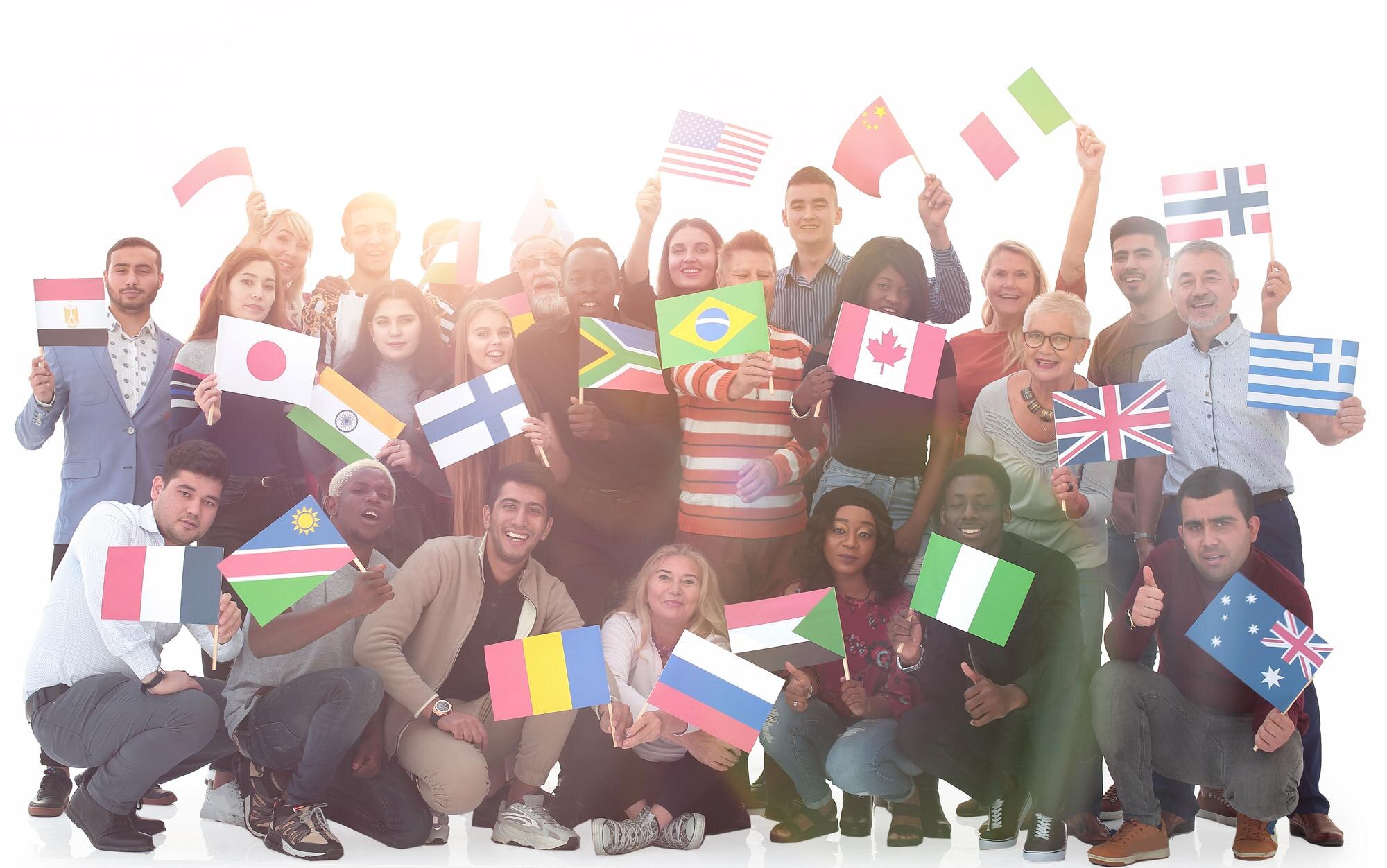














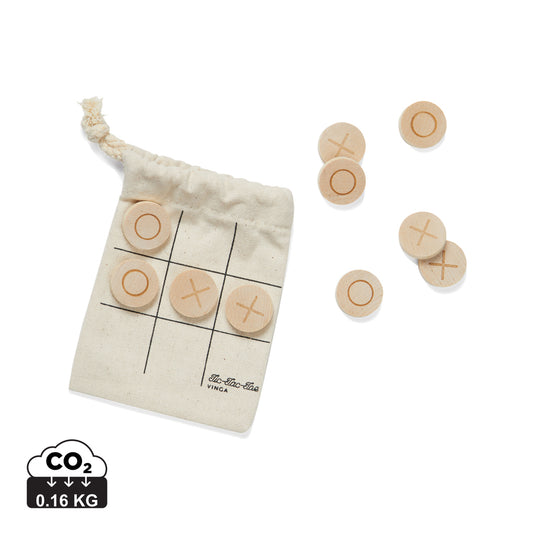







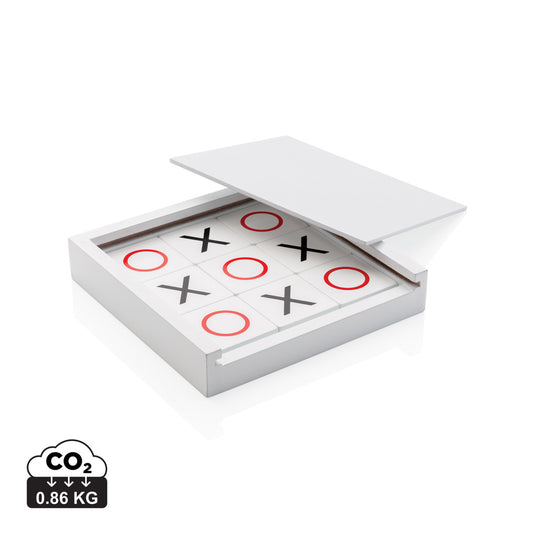
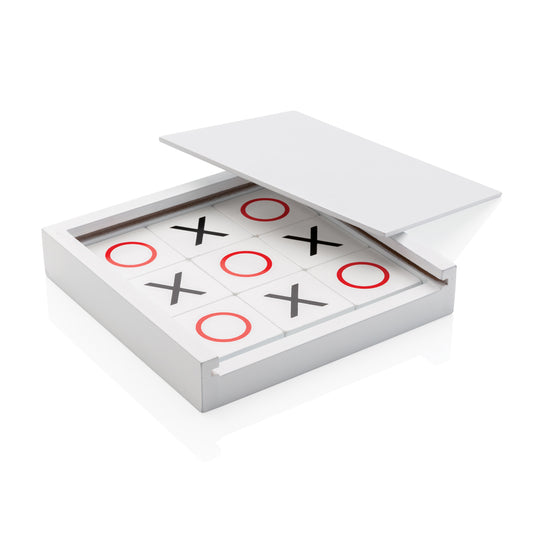




























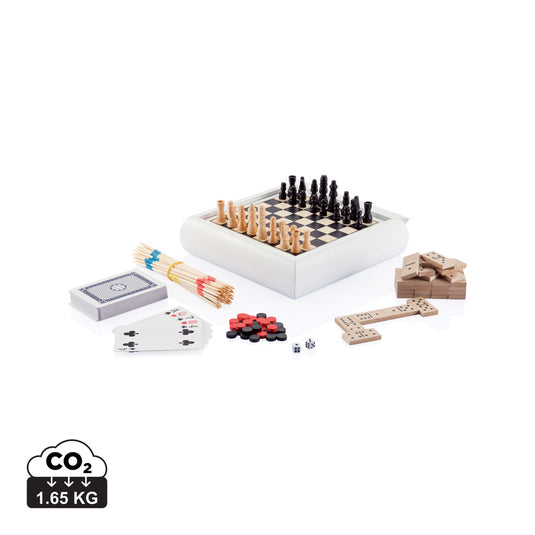


























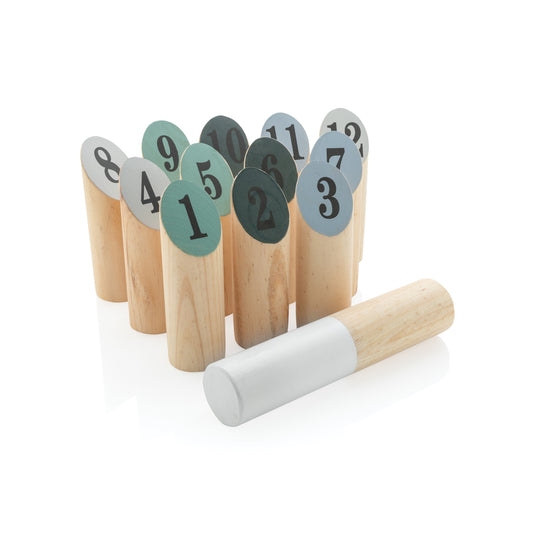










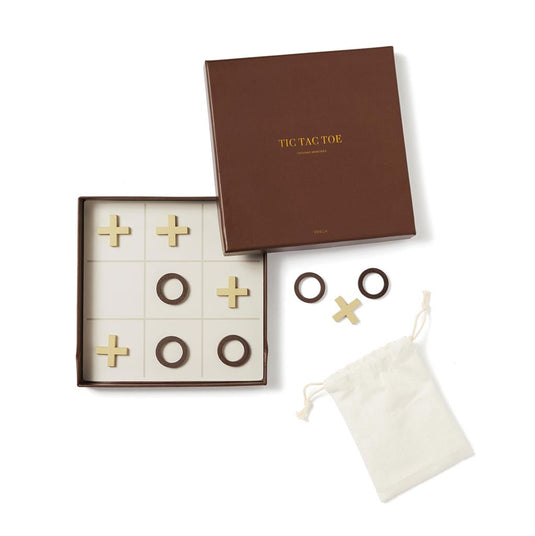









































![VINGA Arch RCS RPET bottle 550 ML - Custom Wood Designs VINGA Arch RCS RPET bottle 550 ML made from [material] – [use_case] | Custom Wood Designs](http://customwooddesigns.ie/cdn/shop/files/V4330700__S_0__5e183ef7e5924ba2b7c7e9eec23aac4e_535x.jpg?v=1753743922)
![VINGA Arch RCS RPET bottle 550 ML - Custom Wood Designs VINGA Arch RCS RPET bottle 550 ML made from [material] – [use_case] | Custom Wood Designs](http://customwooddesigns.ie/cdn/shop/files/V4330700__B_1__7efc550f59b44af1843cd2c04b1c003f_535x.jpg?v=1753743922)














































